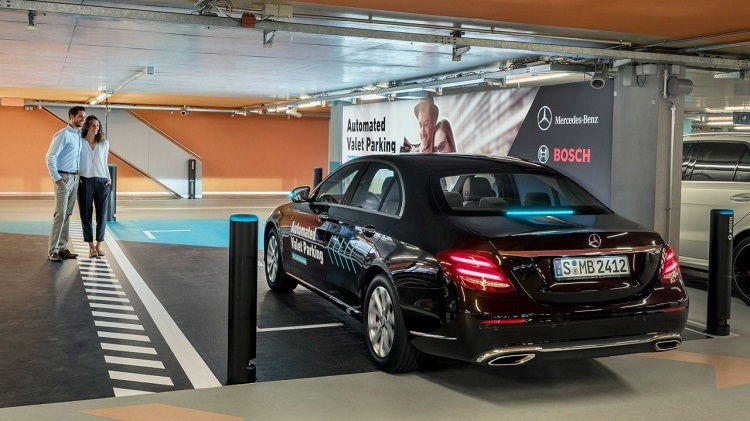The fluctuating need for car parking spaces is a source of concern and frustration for city officials worldwide. While large parking lots are often filled during peak periods, such as the holiday season, they sit mostly empty and unoccupied when not in use.
As urban areas grow, residential and commercial development needs more space to thrive. However, technological innovations such as automation could transform parking lots and, with them, cityscapes. Here’s how:
A holistic approach to parking automation offers hardware, software, and services that relieve drivers of all aspects of parking. In addition to the drivers, the environment and cities benefit from reduced parking search traffic and better utilization of parking spaces. As a result of parking automation solutions, smart cities are also a reality: intelligently connected, environmentally friendly and well-lit cities.
Vehicles are usually manoeuvred by centimetres when entering and exiting parking lots. A park assistance system supports the driver in performing his task automatically and precisely. Ultrasonic sensors and near-range cameras provide 360 degrees surround views to the driver. This allows for easy and comfortable parking even in the smallest of spaces. In response to obstacles detected by sensors, the software warns the driver of impending collisions and in some cases, brakes automatically. Data from multiple sensors are merged to make these systems more reliable.
Table of Contents
Benefits of Parking Automation
- Save Space and Money – Most parking garages are built to provide cars with adequate space to move both in and out of parking spaces. In an automated garage, circulation space and area for opening the car doors are not required. This helps developers better utilize areas that would ordinarily be used for cars and people to move, and allows for more storage space for vehicles in that area with single-deep and double-deep storage configurations.
- Lower Operational, Construction and Finishing Costs – Automated garages help developers save on construction costs through reduced excavation, shorter construction time and lower land costs.
- Decrease Environmental Impact – Continuous exhaust emissions are responsible for this environmental impact. The engines of cars are not running while they are being stored and retrieved with an automated parking garage, reducing pollutants as much as 60 to 80 per cent.
- Increase Customer Satisfaction – A user-friendly mobile app and slick touch screens that enable quick retrieval of vehicles can make for a memorable and comfortable experience that visitors are willing to pay for.
To Conclude
As part of its future offering, parking automation plans could combine both connected parking and automated parking solutions. With automated valet parking, the driverless vehicle would park itself autonomously inside the parking garage. Using an app on their smartphone, drivers will be able to drop off their cars at the designated area and then start the parking process. Afterwards, the vehicle will find a suitable parking spot where it will park in automatically. When drivers arrive back at the pick-up area, the vehicle will drive itself and all that’s left will be to get in.




